With most households having had to complete the 2011 Census forms just a couple of months ago, you’d think that the government had obtained enough raw data to keep the number crunchers occupied for at least a couple of years. Unfortunately, as many forecourt retailers have discovered recently, the official hunger for more data is virtually insatiable.
At least two more questionnaires seem to have been received almost simultaneously at many sites around the country last month.
There’s something about the wording of the paperwork that immediately sends most small-business operators into a bit of a panic the bit on the front which tells them that a) they have typically 56 days to complete and return the thing or else face being fined; and b) the warning that making ’false statements’ could lead to prosecution. And that’s before they’ve even looked at the pages of questions or all the ’guidance notes’ attached.
Usually the panic dissolves into resentment, then quiet resignation, and finally the realisation that ’my accountants have the figures, they’ll complete it for me’
Annual Business Survey
The first such document to land on our desks was from the Office for National Statistics (ONS), and is called the Annual Business Survey.
Now in theory this is sent out to individual businesses on an almost random basis, and typically we rarely see or hear of more than a few clients receiving these at any given time. So perhaps this year it’s just a coincidence that there seem to be quite a few who received theirs at the end of April.
The form asks for various financial details covering either calendar year 2010 or a financial year ending between April 6, 2010 and April 5, 2011. In other words, almost like a tax return.
There’s plenty of ’guidance’ on how to complete it so there shouldn’t be any problems, especially if you’re working from your accounts to obtain the figures.
Well, actually there are, several of them. Starting with their definition of ’turnover’. For some bizarre reason this includes VAT. Given that in all normal sets of accounts ’turnover’ specifically excludes VAT, to get this basic question right you either have to dig up your corresponding VAT returns and add all the output VAT back to your accounts value, or attempt a close approximation and try and gross-up the net sales shown in your accounts. The latter is okay as long as you have a breakdown of the relevant sales categories between standard, low, zero-rated and exempt sales.
Thankfully, the later questions regarding expenses stick to normal accounting conventions in that purchases and costs are required net of any deductible VAT.
The second major gripe concerns the request for a breakdown of retail sales. There are actually 41 different categories of retail commodity into which total turnover is supposed to be analysed, starting with ’Petrol, diesel, lubricating oil and other petroleum products’, and ending with ’Other goods not elsewhere classified’, and with almost every possible retail sales line in between. So if you’re running a large modern site including a convenience store, you’ve an awful lot of different sales categories into which you’re supposed to split your sales.
It’s okay if you’ve got detailed management accounts (aside from the VAT issue)] but if you rely on standard annual accounts then you simply won’t have the information you need to do this accurately.
You might be able to use your POS printouts to obtain some figures, but in many cases POS reports provide only raw uncorrected data that may not resemble the figures in the later accounts.
Taken as a whole, the form certainly doesn’t encourage any realistic attempts at accuracy so quite what picture the ONS hopes to obtain from their returns is a question that only they can answer.
Request for Information
This one’s from the Valuation Office Agency (VOA). A much smaller and simpler form, but currently more controversial, in that many forecourt operators are still reeling from the large hike in Business Rates they’ve seen in the past two or three years. Indeed, many are still appealing against their last valuation and now they’ve received another form, which will presumably be the basis for the next increase.
The amount of detailed information requested isn’t that great: total fuel volume dispensed over the past three accounting years; bunkered fuel volume to be shown separately. However it then asks for a percentage of fuel sales on customer credit accounts, and the percentage sold on fuel cards. There’s the usual need to analyse turnover thankfully net of VAT this time. Most of the required information should be readily available from more detailed management accounts, although the fuel volumes (including bunkering) don’t form part of most non-specialist accounting reports.
The percentages of volume sold on ’local’ credit and fuel cards aren’t readily available from standard financial accounts either.
The extraction of the bunkered and fuel card sales volumes is quite important. The VOA recognises that these volumes are handled at lower margin rates than normal retail sales and so sites with a high proportion of volume sold on fuel cards will effectively be making less income than those where the same volume is sold on a normal retail basis. In principle the lower the income, the lower the rental value of the site, and so the lower the rateable value. In principle! As a matter of interest, the VOA have a whole section of its website devoted to the valuation of forecourts www.voa.gov.uk/instructions/chapters/rating_manual/vol5/sect770/frame.htm] and this includes a fascinating history of the UK petrol market from the mid 1980s onwards, although it seems to stop at around the year 2000.
All of these forms may be a pain, but you can’t get away from them, and in, some cases, providing the wrong information could cost you more than you bargain for.





















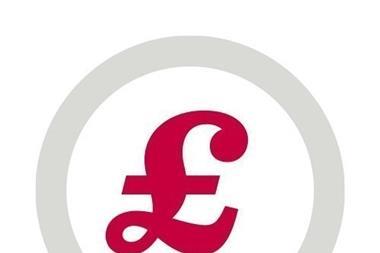
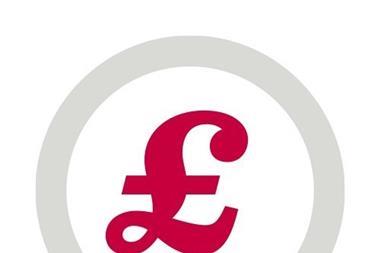
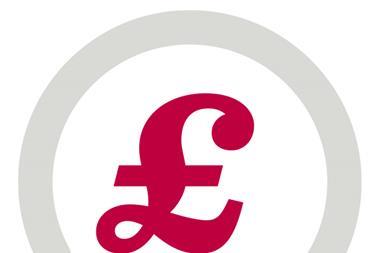

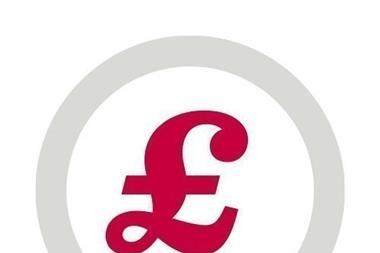

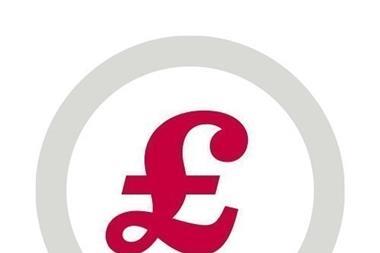
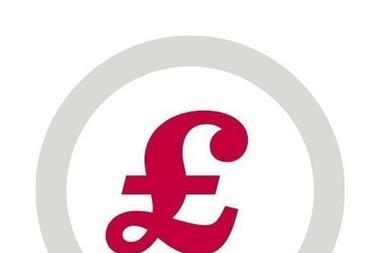
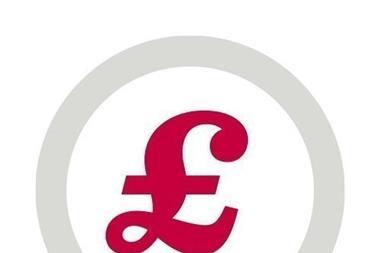
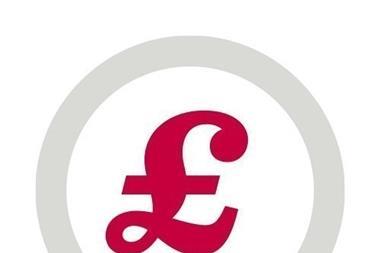
No comments yet